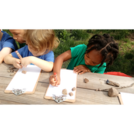
This lesson allows students to build fluency with shapes by identifying them in in the outdoor classroom.
- Subject:
- Mathematics
- Material Type:
- Lesson Plan
- Author:
- Out Teach
- Date Added:
- 07/22/2021
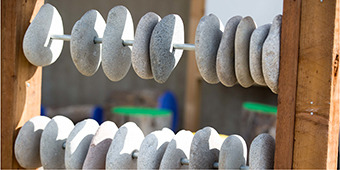

This lesson allows students to build fluency with shapes by identifying them in in the outdoor classroom.
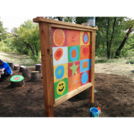
STUDENT ACTIVITY - 4th - TXThis is a distance-learning lesson students can complete at home. The student will use their knowledge of parallel and perpendicular lines to compare those that are man-made and others found in nature. This activity was created by Out Teach (out-teach.org), a nonprofit providing outdoor experiential learning to transform Science education for students in under-served communities.
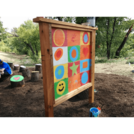
Students will use their knowledge of parallel and perpendicular lines to compare those that are manmade and others found in nature
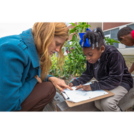
In this lesson the students will use their knowledge of measurement to determine perimeter and find missing lengths when given the total perimeter.

In this lesson the students will use their knowledge of measurement to determine perimeter. Since this is a virtual lesson for at home learning, steps will be included for students to make an 8 inch paper ruler out of notebook paper.
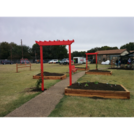
In this lesson students will use their knowledge of decimals to solve problems in a real- world setting.
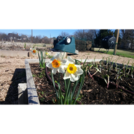
STUDENT ACTIVITY - 4th - NCThis is a distance-learning lesson students can complete at home. The student will explore and record data about different plants that they observe. Then they will create a bar graph to reflect the data that that they collected. This activity was created by Out Teach (out-teach.org), a nonprofit providing outdoor experiential learning to transform Science education for students in under-served communities.
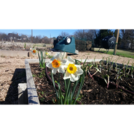
In this lesson, students will explore and record data about different plants that they observe. Students will then create a bar graph to reflect the data that that they collected. For example, a student might find 7 tomato plants, 5 cabbages, and 4 squash plants; their graph would reflect these numbers.
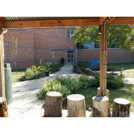
Students will use their knowledge of operations and estimation to solve real world problems.

Students will identify and compare attributes of two-dimensional and three- dimensional shapes in the world around them.
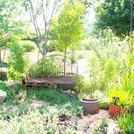
Students will identify and compare attributes of two-dimensional and three- dimensional shapes in the world around them.
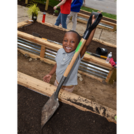
Students will measure the dimensions of containers in the garden to determine the volume of soil and work out computations based off the volume.
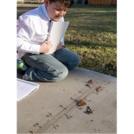
Students will identify which unit of measure inch, foot or yard) is best for measuring various items in the outdoor garden. They will then apply the use of the appropriate tool to measure a variety of objects to the nearest marker.
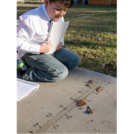
STUDENT ACTIVITY -- 2nd Grade -- TX/GAThis is a distance-learning lesson students can complete at home.Students will identify which unit of measure-inch, foot or yard-is best for measuring various items in the outdoor space. Then, they will use the appropriate tool to measure a variety of objects to the nearest marker.This activity was created by Out Teach (out-teach.org), a nonprofit providing outdoor experiential learning to transform Science education for students in under-served communities.
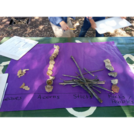
Students will use their knowledge of stem and leaf plots to represent temperature in various locations outdoors.
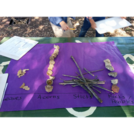
STUDENT ACTIVITY - 4th --TXThis is a distance-learning lesson students can complete at home.The student will use your their knowledge of stem and leaf plots to represent temperature in various locations outdoors.This activity was created by Out Teach (out-teach.org), a nonprofit providing outdoor experiential learning to transform Science education for students in under-served communities.
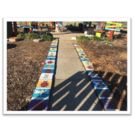
Students in this lesson will learn about, connect and apply the use of area to a real-world problem—creating a planting guide for the garden. Students will determine the square footage of the garden and use this information, along with a planting chart to create their own plan.
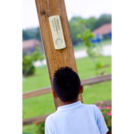
In this lesson, students will take temperature readings in the outdoor classroom, compare them to data from a graph, and discuss the numerical differences between the readings and the data.
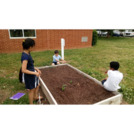
In this lesson, students will build conceptual understanding and fluency in using area and perimeter by measuring and calculating the dimensions of vegetable beds.
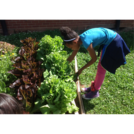
How can we use area and multiplication to measure the amount of space an area has?Students will explore the concepts of multiplication and area by measuring rectangular planting beds in the garden.